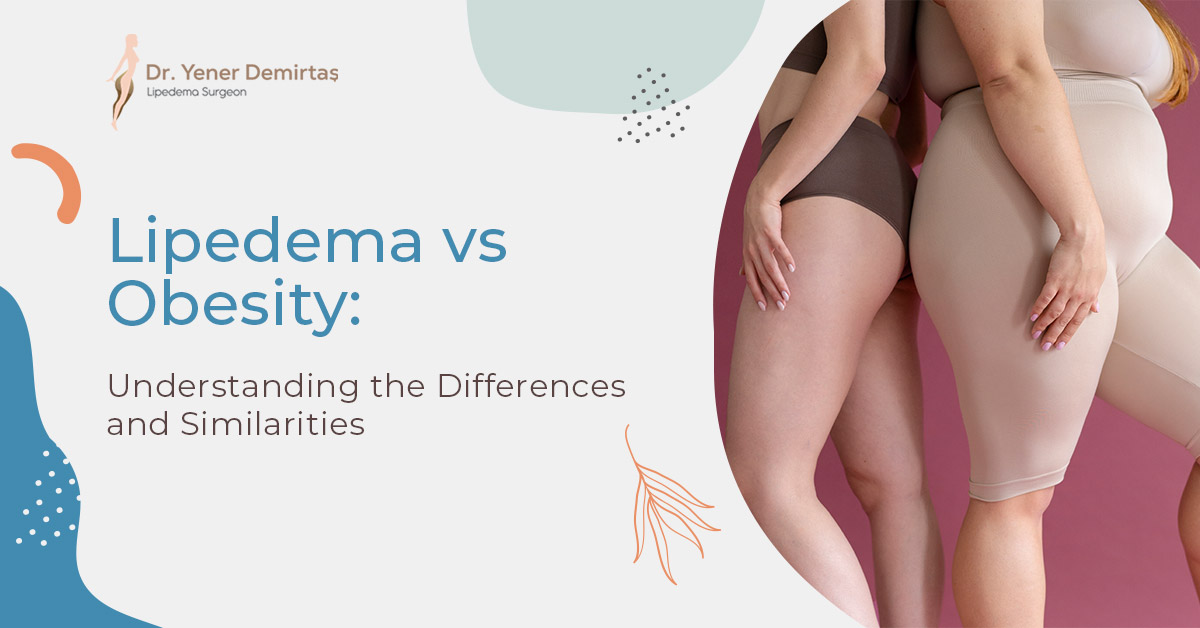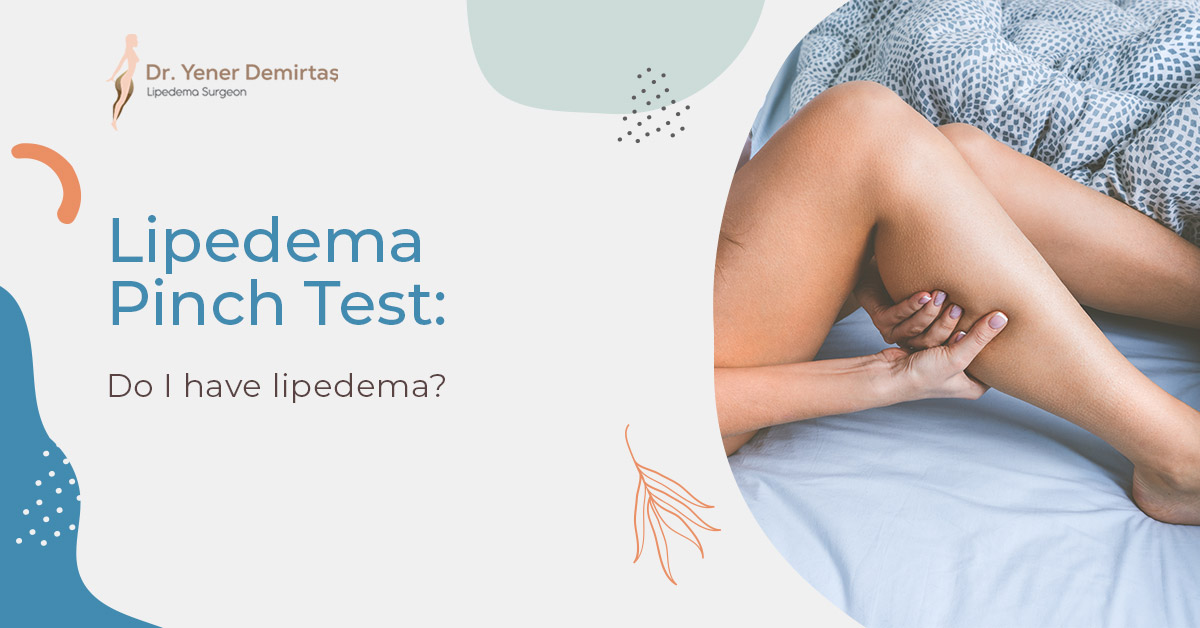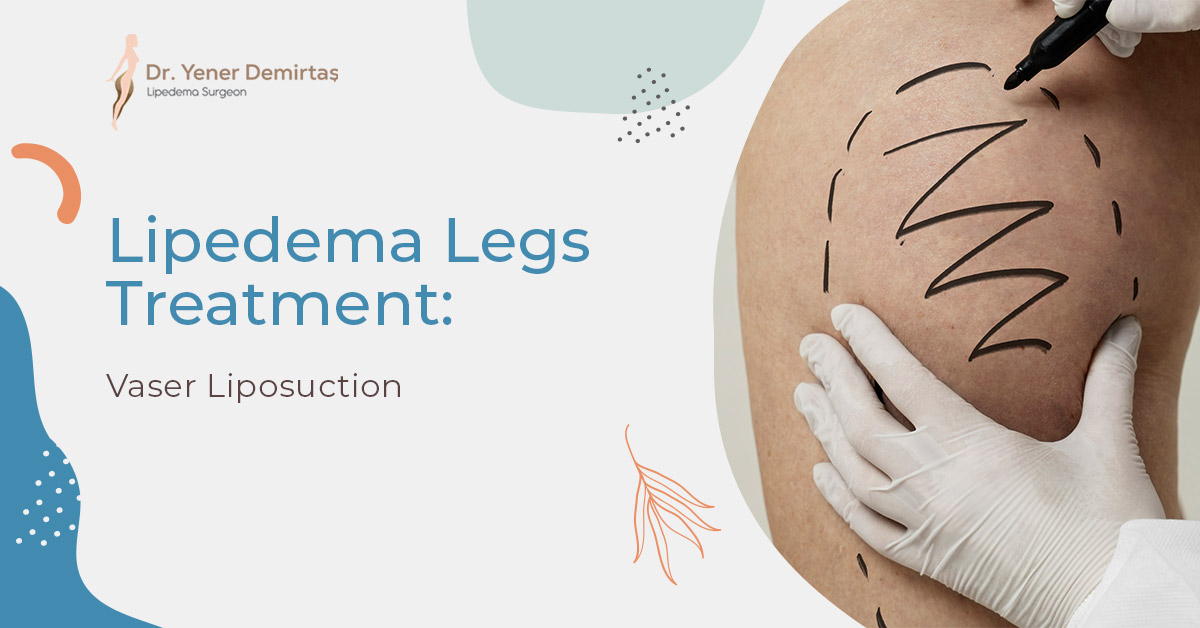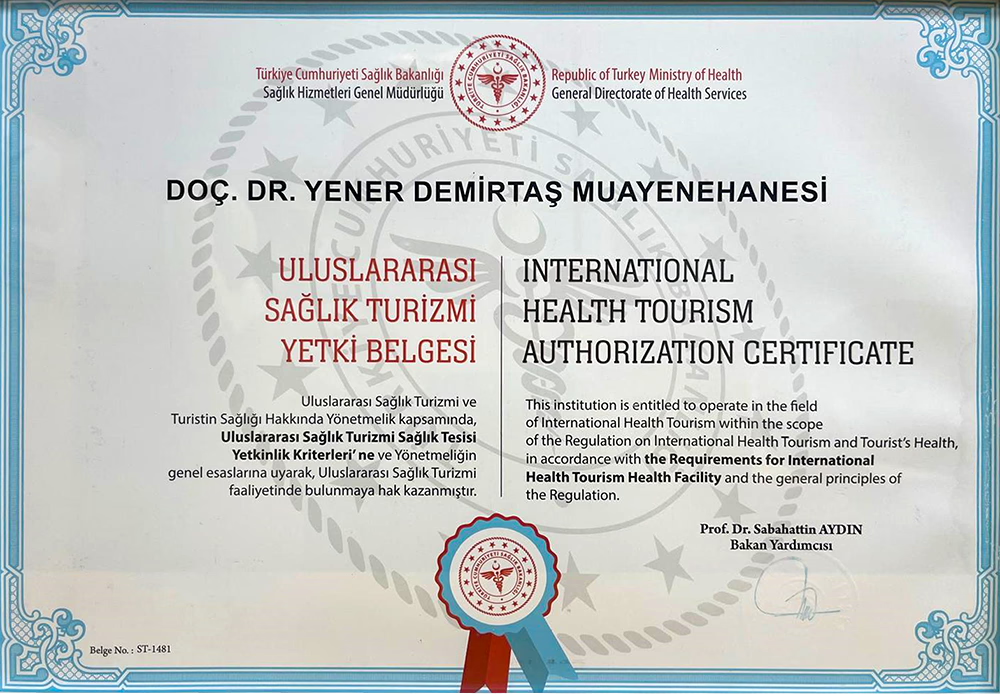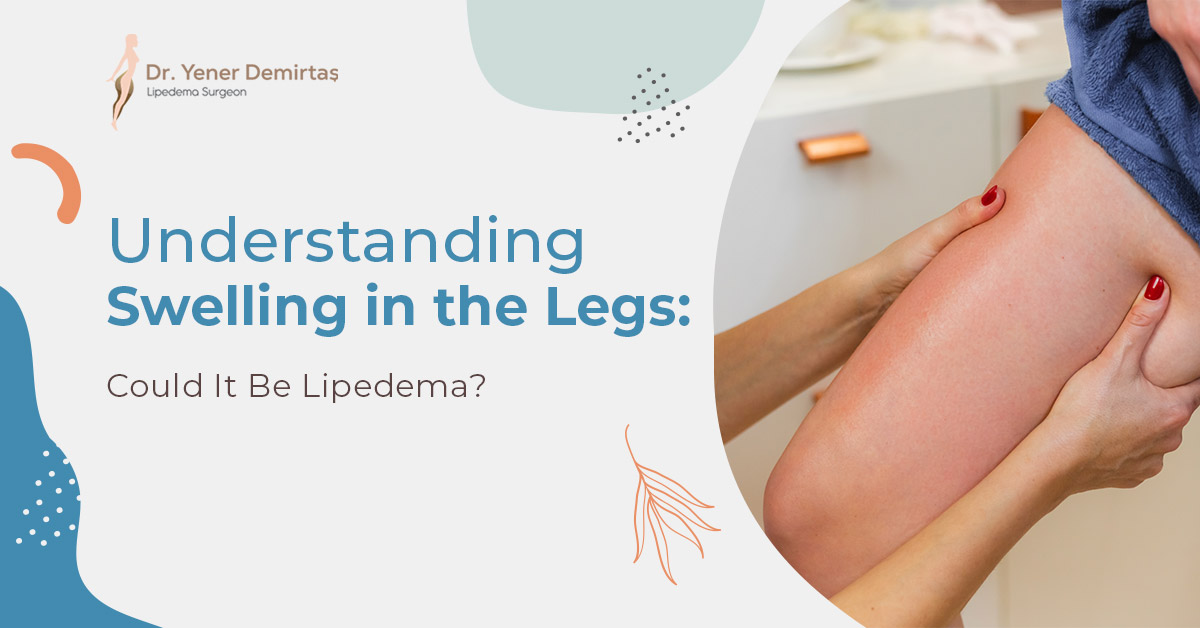
Understanding Swelling in the Legs: Could It Be Lipedema?
Swelling in the legs is a symptom many people encounter, often brushing it off as a temporary issue. However, when this swelling persists, it could point to various underlying conditions, one of which might be lipedema.
Lipedema is a chronic condition primarily affecting women, and one of its key symptoms is persistent swelling. This article aims to explore the relationship between leg swelling and lipedema, helping you understand the causes, risks, and next steps.
Swelling in the Legs Causes
Many factors can lead to swelling in the legs, such as fluid retention, poor circulation, or extended periods of inactivity. These are usually temporary issues that resolve with basic lifestyle adjustments. However, when the swelling persists, it's essential to consider other possibilities.
Lipedema is often overlooked but is a significant cause of leg swelling. This condition impacts the distribution of fat and can lead to a continuous, often painful, swelling, especially in the legs.
Why Is Only My Left Leg Swelling?
Experiencing swelling in just one leg can be particularly worrying. Unilateral swelling often directs medical inquiries toward conditions like deep vein thrombosis or cellulitis. These conditions usually require immediate medical intervention.
However, it's worth noting that lipedema often manifests as bilateral swelling, affecting both legs symmetrically. If you're wondering why only one leg is swollen, it's less likely (but not impossible) to be lipedema and more reason to consult a healthcare provider for a proper diagnosis.
Is Swelling of the Legs Dangerous?
Swelling itself is a symptom, not a disease. However, it can indicate a variety of underlying conditions. Some are benign, but others, like heart failure or kidney disease, can be serious and require immediate attention.
For those with lipedema, the swelling is chronic and can lead to complications like mobility issues or emotional distress. It's crucial to consult a specialist who can differentiate lipedema from other potential causes and offer appropriate treatment.
Swelling in the Lower Legs
Swelling can occur in various parts of the leg, but it often concentrates in the lower regions—ankles and calves. For most cases, elevation and compression garments can alleviate these symptoms temporarily.
However, if you have lipedema, these standard remedies might not provide lasting relief. Lipedema-induced swelling tends to be more persistent, often requiring a specialized approach for effective management.
How to Reduce Swelling in the Legs
General advice for reducing leg swelling includes elevating the legs above heart level and using compression garments. Mild exercises can also promote better circulation, thereby reducing fluid accumulation.
However, for those with lipedema, a tailored treatment plan is usually recommended. This might include specialized physical therapy, medications, or in some cases, surgical intervention such as liposuction.
Making the Connection: Lipedema and Swelling in the Legs
If you've been struggling with persistent leg swelling, it's time to consider that lipedema could be the culprit. This condition is often misdiagnosed or overlooked, leading to unnecessary suffering and complications.
The key to managing lipedema is early diagnosis and specialized treatment. Therefore, if you suspect your symptoms are related to this condition, consult a healthcare professional experienced in treating lipedema.
What Next?
Recognizing the symptoms is the first step toward better health. If you're dealing with persistent swelling, especially in the legs, it's vital to consult healthcare professionals for an accurate diagnosis and appropriate treatment plan.
Lipedema is a lifelong condition, but with proper management, you can lead a fulfilling life. For more information, feel free to explore our resources and consider joining support groups for those living with lipedema.
If you are experiencing swelling in the legs for a time, consider filling or “Lipedema Evaluation Form” to find out if you have lipedema and learn about possible treatment options.


